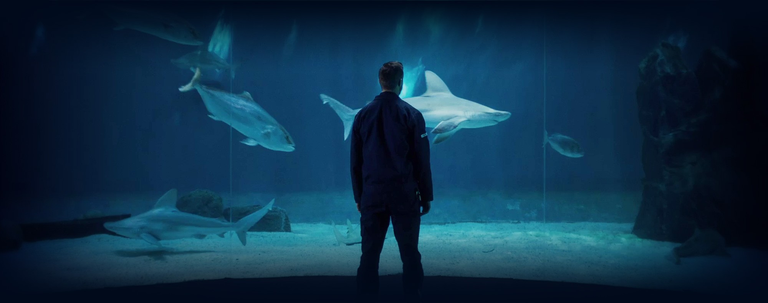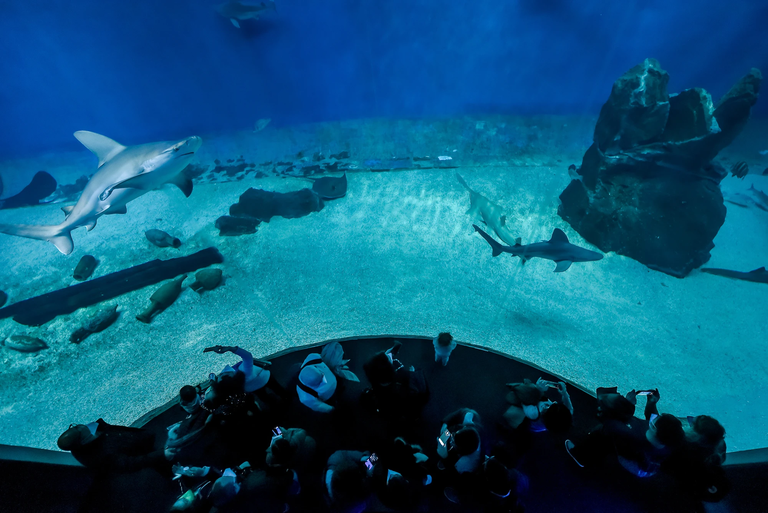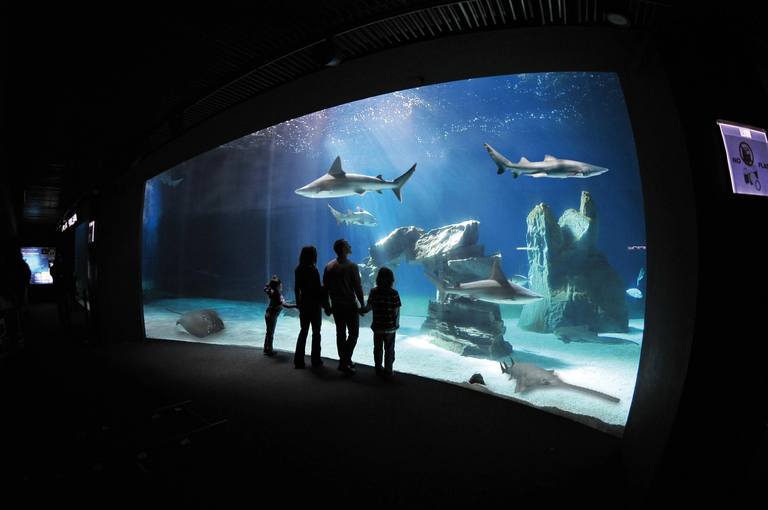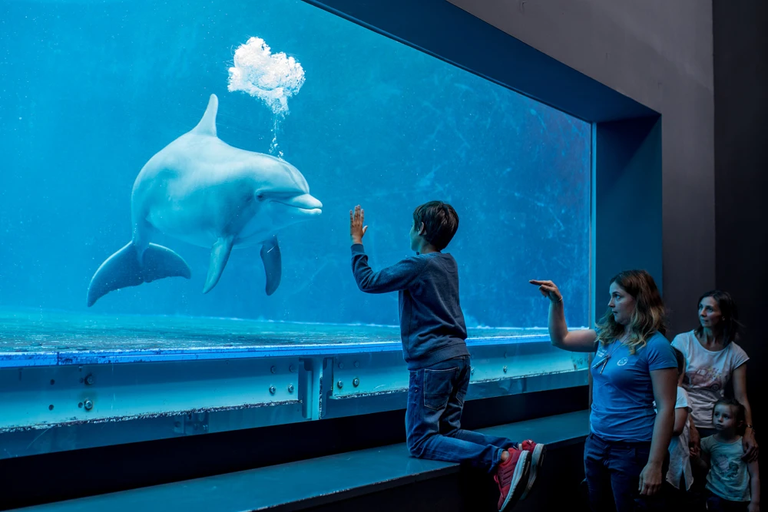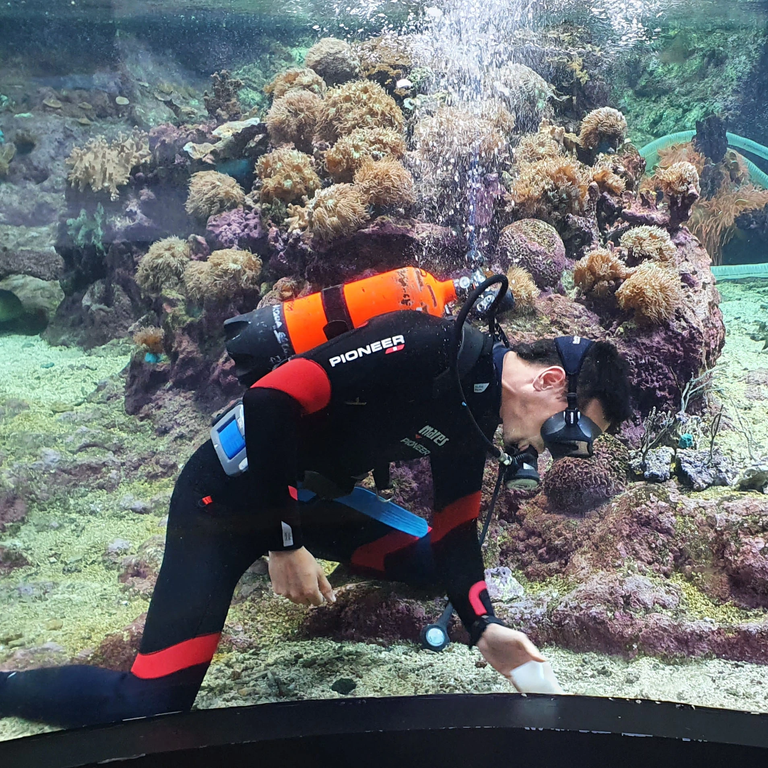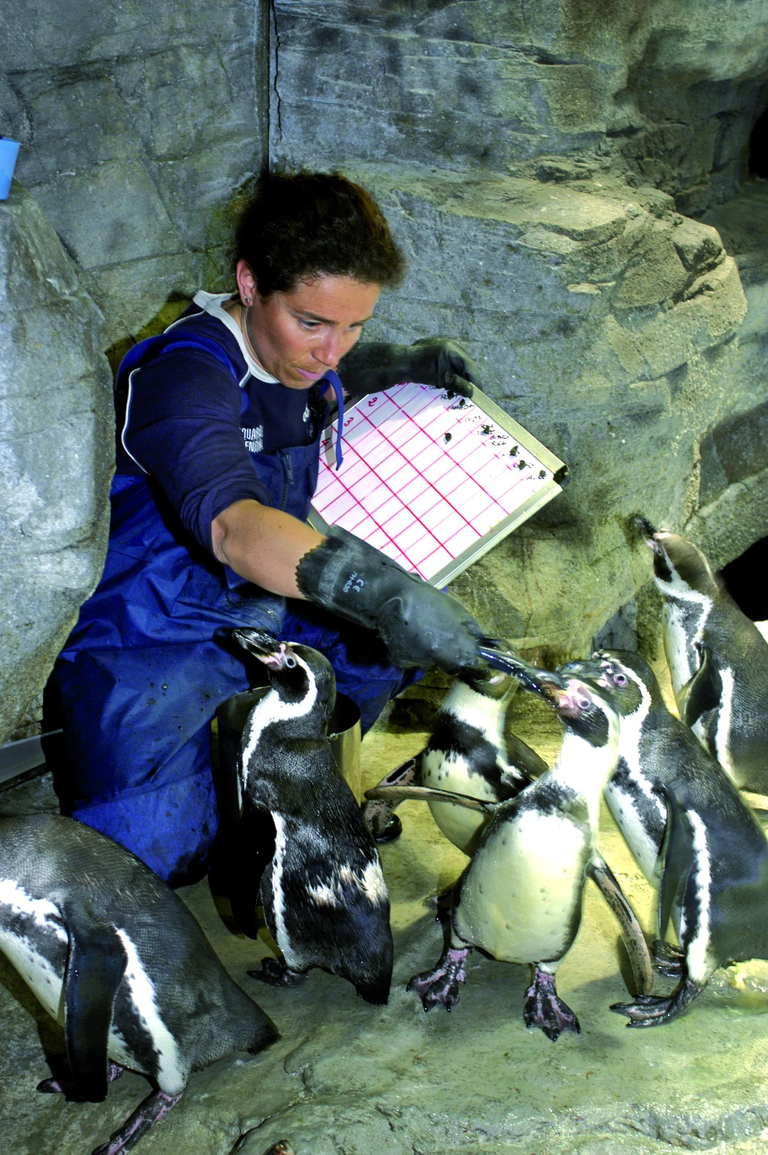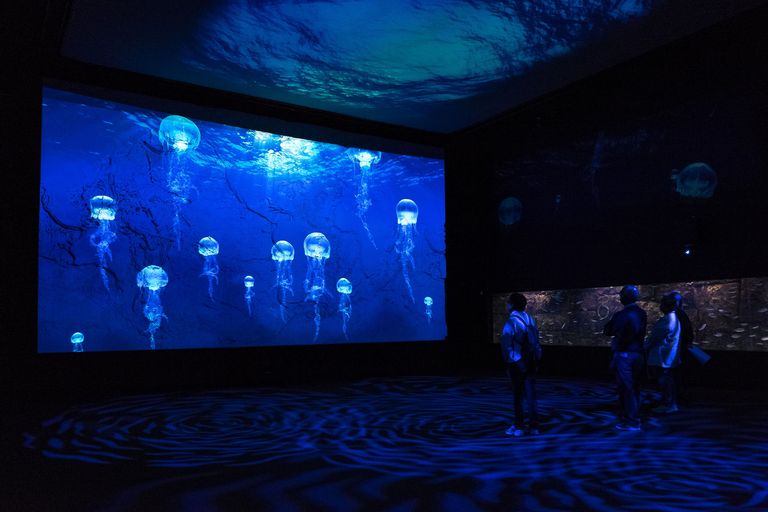
The charm of this city nestled between the mountains and the sea, fragmented between past and present, a crossroads of different peoples and cultures (it is no coincidence that the medieval name of Genoa is Janua, "door" in Latin), has attracted the attention of writers, poets and singer-songwriters, who in their verses have spoken of its beauty, its contrasts, its hidden soul.
First of all Fabrizio de André, who is today celebrated with a small but wonderful museum at Via del Campo 29.
Although Genoa is known above all for its Aquarium, the ancient maritime republic keeps within its walls wonderful testimonies of its glorious past, but also bold and modern works that have made it a kind of capital of modern Italian architecture.
Strolling through the city, you can admire noble palaces and ancient churches, lose yourself in the labyrinth of characteristic alleys (carroggi) that make up the core of the old city, visit interesting museums, and be amazed by the symbols of the city. The new Genoa, which looks to the future but is a magnificent guardian of a past that is always present.
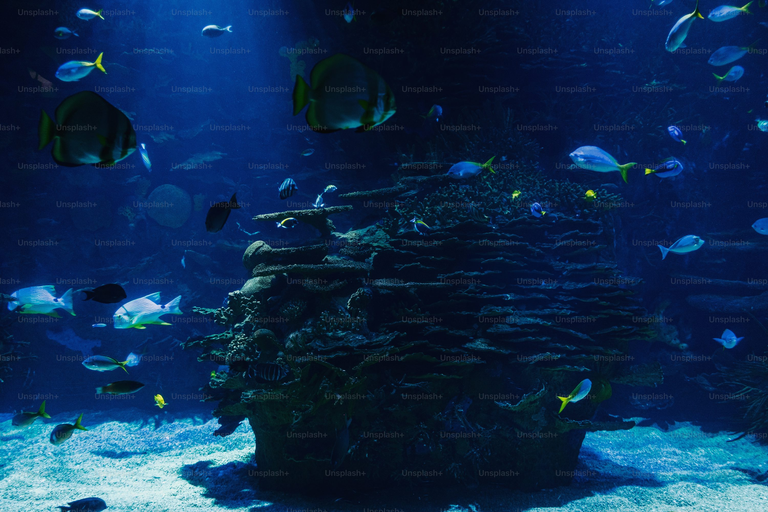
El encanto de esta ciudad encajada entre la montaña y el mar, fragmentada entre pasado y presente, cruce de pueblos y culturas diferentes (no es casualidad que el nombre medieval de Génova sea Janua, "puerta" en latín), ha llamado la atención. escritores, poetas y cantautores, que en sus versos han hablado de su belleza, de sus contrastes, de su alma escondida.
En primer lugar Fabrizio de André, a quien hoy se celebra con un pequeño pero maravilloso museo en Via del Campo 29.
Aunque Génova es conocida sobre todo por su Acuario, la antigua república marítima guarda entre sus muros maravillosos testimonios de su pasado glorioso, pero también obras audaces y modernas que la han convertido en una especie de capital de la arquitectura italiana moderna.
Así, paseando por la ciudad podrás admirar palacios nobles e iglesias antiguas, perderte en el laberinto de callejones característicos (carroggi) en los que se organiza el núcleo de la ciudad antigua, visitar interesantes museos, dejarte sorprender por los símbolos de la ciudad. la nueva Génova, que mira hacia el futuro pero que es magnífica guardiana de un pasado siempre presente.
The Aquarium of Genoa./ El Acuario de Génova.
The Aquarium is the main tourist attraction in Genoa. Opened in 1992 in the Porto Antico area, the Genoa Aquarium is the largest Italian aquarium and the second largest in Europe, after the one in Valencia.
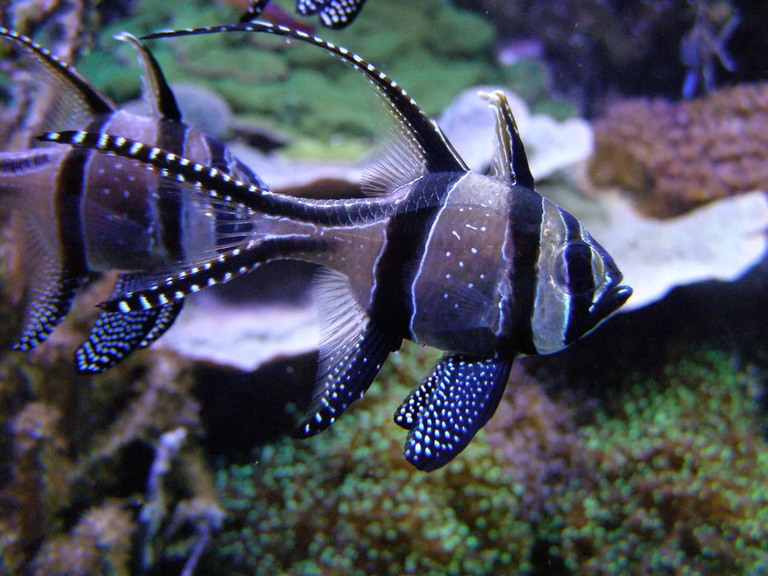
l Acuario es la principal atracción turística de Génova . Inaugurado en 1992 en la zona de Porto Antico, el de Génova es el mayor acuario italiano y el segundo de Europa , después del de Valencia .
The species of the marine park. / Las especies del parque marino.
The marine park houses 12,000 specimens of 600 different species (not only marine species but also jungle and freshwater animals) in a spectacular setting that exactly reproduces their original natural habitats.
A visit to the Aquarium is a fun and exciting experience as it offers the opportunity to learn about aquatic fauna by "walking" through the most fascinating seas and waters in the world.
The route between the different pavilions of the Aquarium winds through more than 70 exhibition tanks where you can also see sharks, seals, turtles, penguins and educational areas that integrate the visual experience with scientific notions.
The new Cetacean Pavilion designed by Renzo Piano was recently inaugurated to admire the friendly marine mammals both from an underwater perspective, thanks to the basement tunnel, and from a perspective from above that allows you to observe the dolphins out of the water.
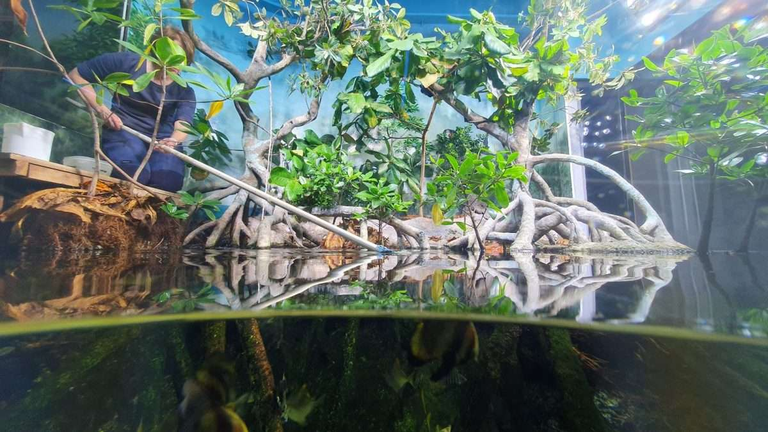
El parque marino alberga 12.000 ejemplares de 600 especies diferentes (no sólo especies marinas sino también animales de la selva y de agua dulce) en un entorno espectacular que reproduce exactamente sus hábitats naturales originales.
Una visita al Acuario es una experiencia divertida y emocionante ya que ofrece la oportunidad de aprender sobre la fauna acuática "caminando" por los mares y aguas más fascinantes del mundo.
El recorrido entre los distintos pabellones del Acuario serpentea a través de más de 70 tanques de exhibición donde también se pueden observar tiburones, focas, tortugas, pingüinos y las áreas educativas que integran la experiencia visual con nociones científicas.
Recientemente se inauguró el nuevo Pabellón de Cetáceos diseñado por Renzo Piano para admirar a los simpáticos mamíferos marinos tanto desde una perspectiva submarina, gracias al túnel del sótano, como desde una perspectiva desde arriba que permite observar a los delfines fuera del agua.
Hours and ticket prices. / Horarios y precios de las entradas.
Hours and ticket prices for the Genoa Aquarium
Opening hours: 9 a.m. to 6 p.m. During the Covid period, access can only be made by online booking via the official website https://www.acquariodigenova.it/pianifica-la-tua-visita/
Closed : Monday.
Entrance fee: €27 adults - 4 – 12 years €19. Free 0 – 3 years.
How to get there: At the port of Genoa.
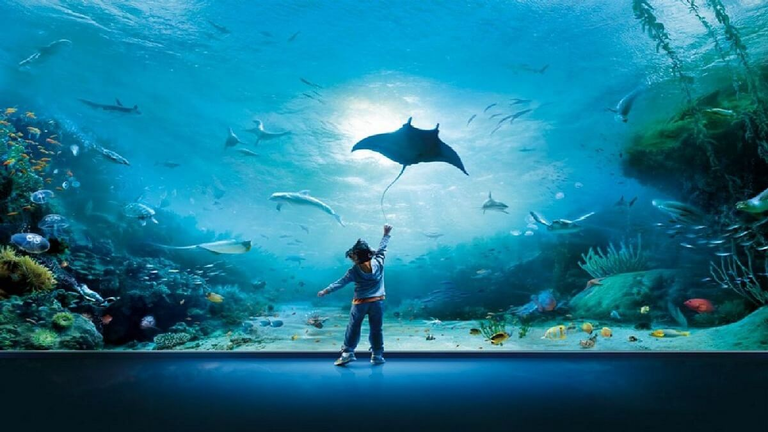
Horarios y precios de las entradas para el Acuario de Génova
Horario de apertura: de 9 a 18 horas. Durante el período Covid, el acceso sólo se puede realizar mediante reserva online a través del sitio web oficial https://www.acquariodigenova.it/pianifica-la-tua-visita/
Cerrado : lunes.
Precio de la entrada: 27€ adultos - 4 – 12 años 19€. Gratis 0 – 3 años.
Cómo llegar: En el puerto de Génova.
How to get to the Aquarium. / Cómo llegar al Acuario.
Bus : lines n° 1, 12 and 13 with terminal in front of the Aquarium;
Metro : stop San Giorgio;
FS : from Genova P. Principe station on foot for 15 minutes or with bus no. 1 towards Piazza Caricamento. From Genova Brignole station bus no. 12 and 13 towards Piazza Caricamento.L
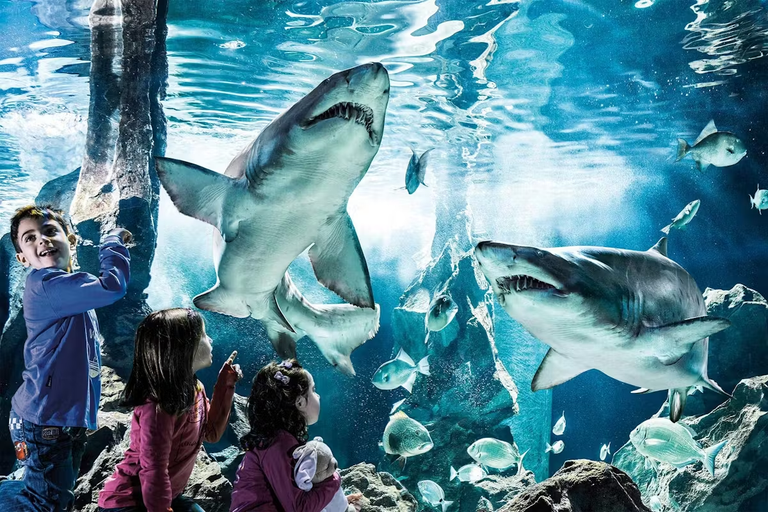
Autobús : líneas n° 1, 12 y 13 con terminal frente al Acuario;
Metro : parada San Giorgio;
FS : desde la estación Genova P. Principe a pie durante 15 minutos o con el autobús nº. 1 hacia Piazza Caricamento. Desde la estación de Genova Brignole autobús n. 12 y 13 hacia Piazza Caricamento.
Source images / Fuente imágenes: Acuario de Génoca.
